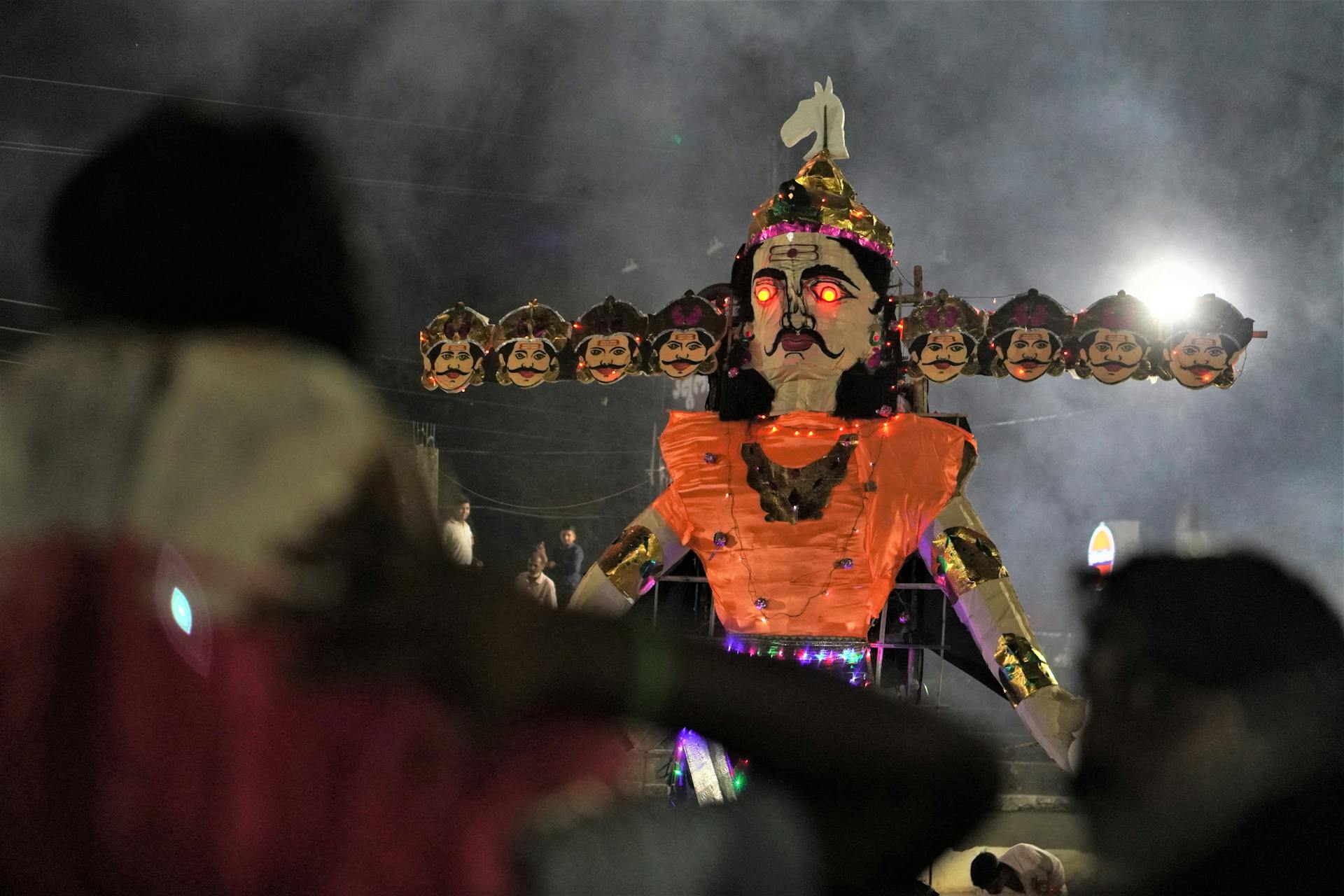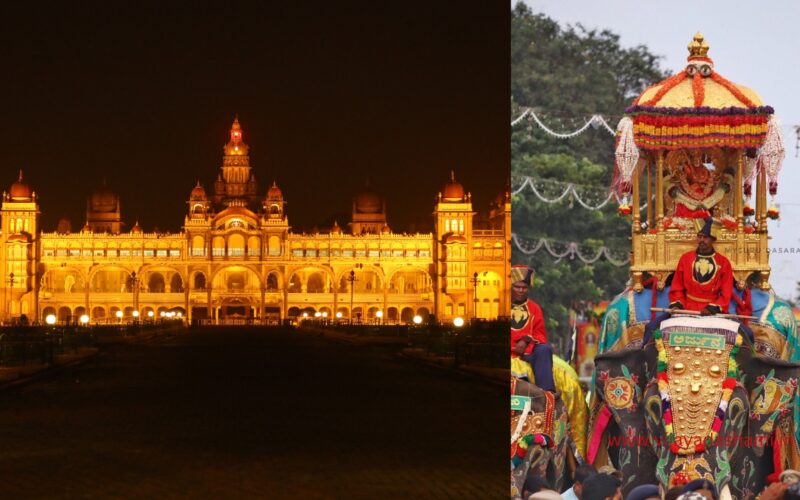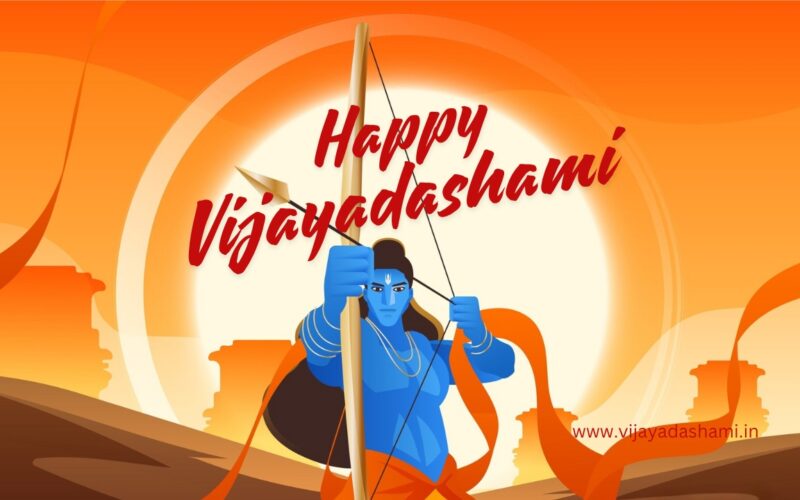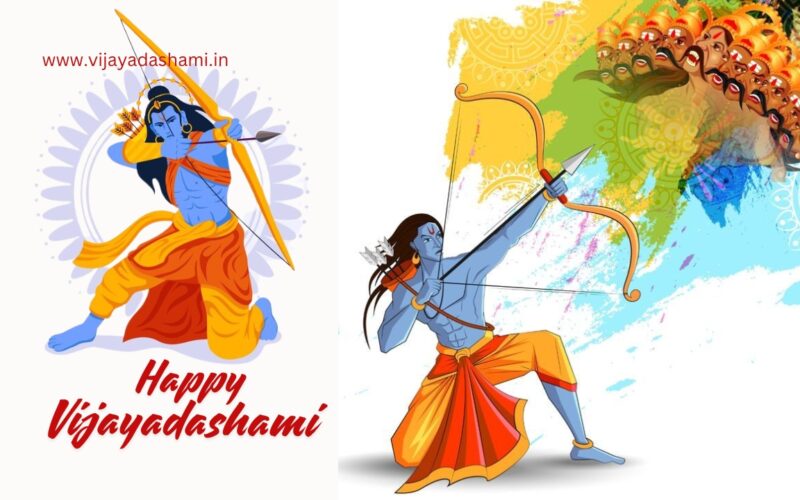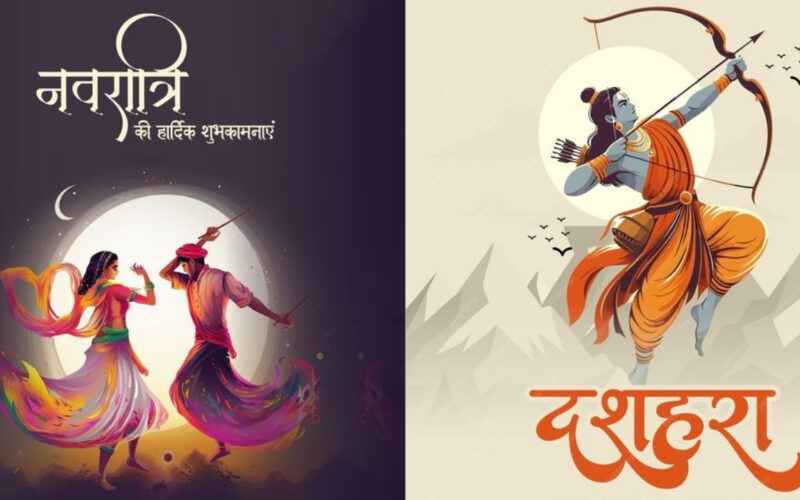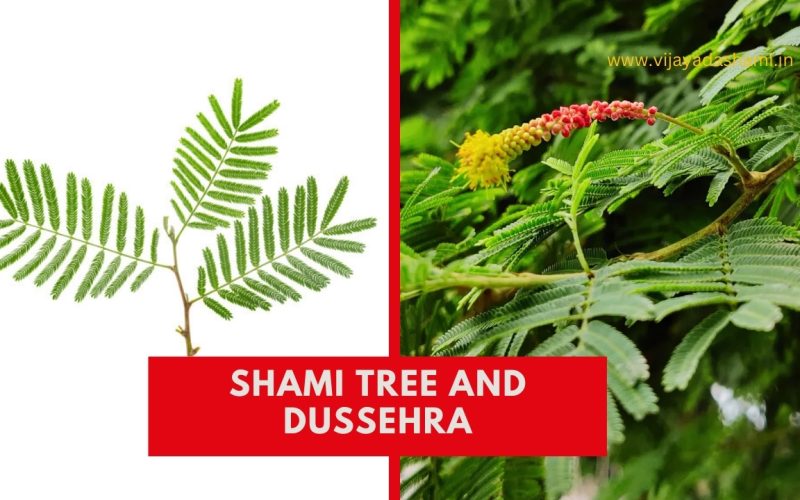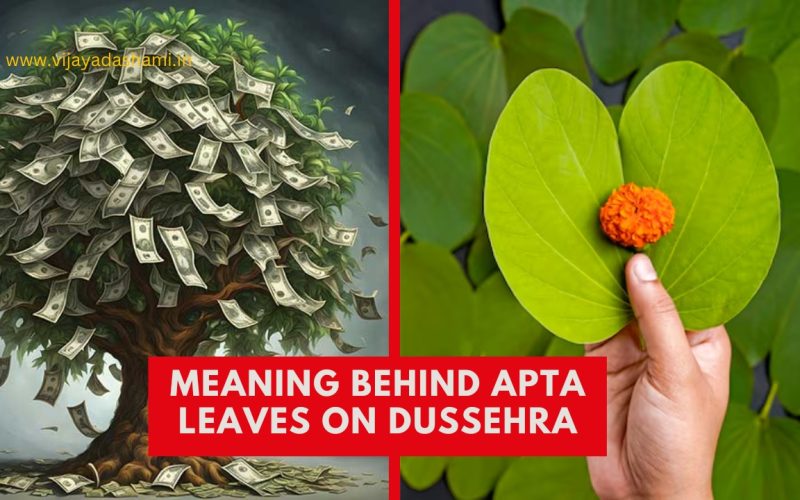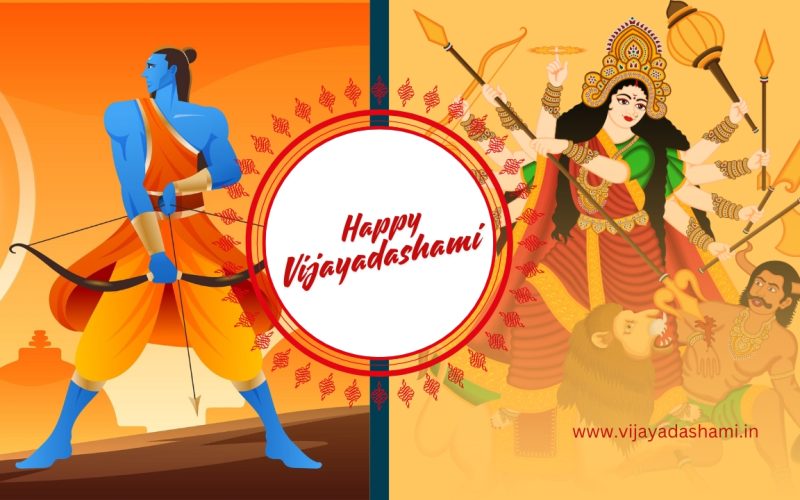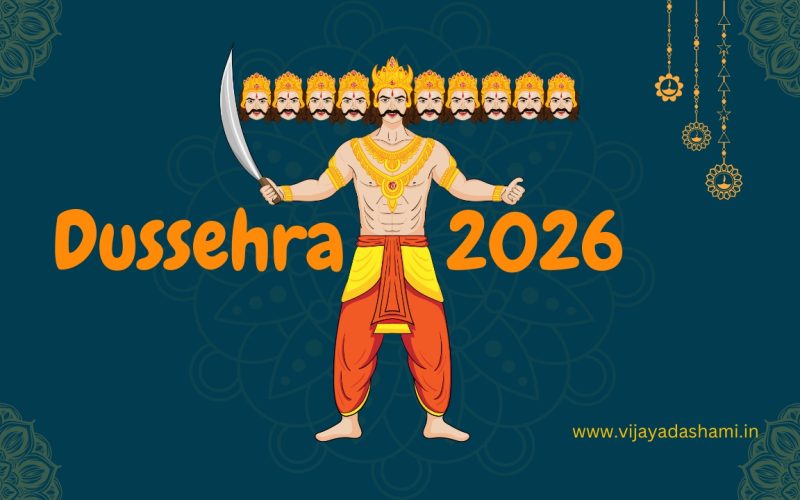30
Oct
Why is Dussehra celebrated? Dussehra, known for its celebration of the victory of good over evil, is deeply rooted in Indian mythology and culture. This festival isn't just a day of festivity but a commemoration of various legends that convey timeless values of courage, righteousness, and wisdom. From Lord Rama’s triumph over Ravana to the empowerment symbolized by Goddess Durga’s battle with Mahishasura, these stories provide profound insight into why Dussehra holds a special place in Indian hearts. Dussehra, also known as Vijayadashami, is celebrated across India with great enthusiasm, marking the victory of good over evil. But why is…

